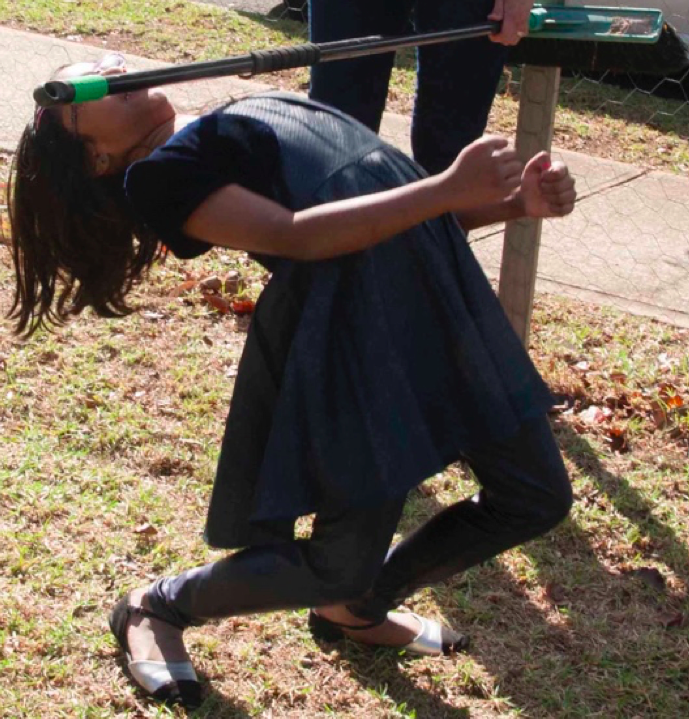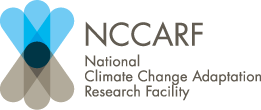You are here
Why won’t people do what I tell them?
Often we want to help an individual, group or community to do things differently. Social change is the process you go through to get people to do things differently.
We may want people to think more about climate change, eat more healthily, or be more involved in a committee. One important thing to understand is that it's a misbelief to think we can change peoples' behaviours.
Instead, people must change their own behaviours. Your role is to create an empowering environment and provide opportunities for people to become inspired by what their friends, colleagues or family have achieved. When we offer people a chance to take a step closer to the lives or opportunities they dream about, and we make that change feel safe, then they are likely to make the changes themselves. What we do know about change is that people are unlikely to take on new behaviours if they see them as risky or threatening in any way, if they don’t match their values, or they are unclear about the benefits. We also know that just giving people information will not bring about change.
The important rule to remember is: DESIRABLE + SAFE = CHANGE
Desirability means to answer a want. Not a need; it has to be something that people want. Put simply, to maintain a behaviour people must believe they are getting an outcome that matters for their lives or businesses. And, because they aren’t stupid, the new behaviour or product has to deliver the results they seek.
Safe means that it can’t be seen as threat. Change can be scary, so it has to be made less scary. Even simple changes can be terrifying to those who are unfamiliar with them. People must have confidence they can manage the social, physical and financial risks of change. Someone needs to believe in their own capacity to get results with certainty and without embarrassment, humiliation, loss or injury. Increasing people's belief in their ability is a vital and often neglected aspect of a change project’s design.
Doesn’t sound easy? Fortunately, there are a lot of people who have already had a go at this, and have been quite successful. For example, wearing a seat belt is desirable as they can save your life, they are safe and easy to use, and you might get a fine if you don’t have one on. Another example is the increased use of sunscreen, which has been communicated as desirable to stop skin cancer, and safe because it is proven to work and is easy to use.
What behaviours would you like to see change in your community?
Do you really think you can make it seem safe?
How can you make it desirable?
What if people actually wanted what you were asking them to do. How easy would it be then to get change?
More information:
This article is based on the work of Les Robinson titled Changeology. You can learn more about this at http://www.enablingchange.com.au/index.php
b4z31h0os9pb2xvs.png





